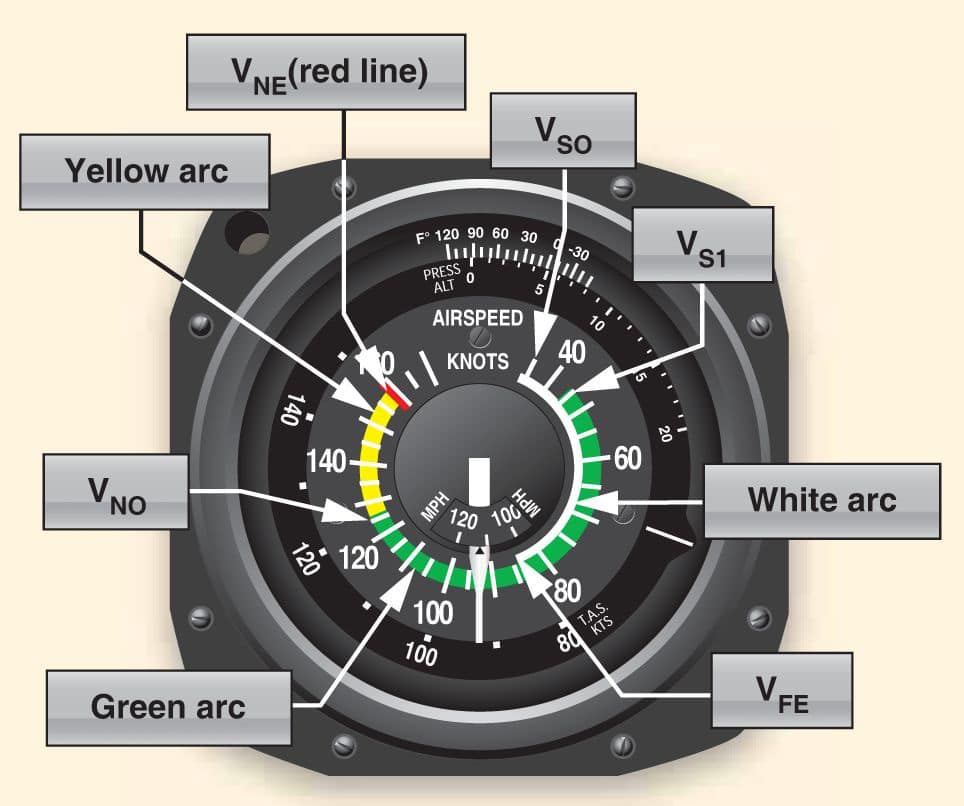Tuesday, April 9, 2024
Holding Pattern
Air Speed
Sunday, April 7, 2024
curl_cli -vk https://te.checkpoint.com/tecloud/Ping
* Trying 52.21.148.145...
* TCP_NODELAY set
* Connected to te.checkpoint.com (52.21.148.145) port 443 (#0)
* ALPN, offering http/1.1
* *** Current date is: Sat Apr 6 01:23:52 2024
* TLSv1.3 (OUT), TLS handshake, Client hello (1):
* err is -1, detail is 2
* *** Current date is: Sat Apr 6 01:23:52 2024
* TLSv1.3 (IN), TLS handshake, Server hello (2):
* err is -1, detail is 2
* *** Current date is: Sat Apr 6 01:23:52 2024
* TLSv1.2 (IN), TLS handshake, Certificate (11):
* TLSv1.2 (IN), TLS handshake, Server key exchange (12):
* TLSv1.2 (IN), TLS handshake, Server finished (14):
* TLSv1.2 (OUT), TLS handshake, Client key exchange (16):
* TLSv1.2 (OUT), TLS change cipher, Change cipher spec (1):
* TLSv1.2 (OUT), TLS handshake, Finished (20):
* err is -1, detail is 2
* *** Current date is: Sat Apr 6 01:23:52 2024
* TLSv1.2 (IN), TLS handshake, Finished (20):
* SSL connection using TLSv1.2 / ECDHE-RSA-AES128-GCM-SHA256
* ALPN, server accepted to use http/1.1
* servercert: Activated
* servercert: CRL validation was disabled
* Server certificate:
* subject: CN=*.checkpoint.com
* start date: Oct 25 18:11:28 2023 GMT
* expire date: Nov 25 18:11:27 2024 GMT
* issuer: C=BE; O=GlobalSign nv-sa; CN=GlobalSign GCC R3 DV TLS CA 2020
* SSL certificate verify result: unable to get local issuer certificate (20), continuing anyway.
* servercert: Finished
< HTTP/1.1 200
< Date: Sat, 06 Apr 2024 05:23:52 GMT
< Content-Type: text/plain;charset=ISO-8859-1
< Content-Length: 4
< Connection: keep-alive
< Strict-Transport-Security: max-age=31536000; includeSubDomains; preload
< X-Request-Start: t=1712381032.202
< Set-Cookie: te_cookie=aabd0422269d88cb7d33996ad8cd951b; Path=/; Secure
<
* Connection #0 to host te.checkpoint.com left intact
Pong
[Expert@myfw]# # cphaprob tablestat
---- Unique IP's Table ----
Member Interface IP-Address MAC-Address
-------------------------------------------------------------------------
(Local)
0 3 192.168.110.1 00:1c:ff:46:44:92
0 19 10.114.255.113 00:1c:ff:a3:44:1c
0 22 216.21.183.19 00:1c:ff:a3:44:1f
0 26 172.116.183.2 00:1c:ff:a3:44:4d
0 27 216.21.183.252 00:1c:ff:a3:44:4d
1 3 192.168.110.2 00:1c:ff:46:44:b0
1 19 10.114.255.114 00:1c:ff:a3:44:a8
1 22 216.21.183.20 00:1c:ff:a3:44:ab
1 26 172.116.83.3 00:1c:ff:a3:44:51
1 27 216.21.83.253 00:1c:ff:a3:44:51
-------------------------------------------------------------------------
[Expert@myfw]#
Wednesday, April 3, 2024
ATC Light Gun Signals
Kites
Kite - Sky is the Limit Types of Kites: various shapes and sizes - Bird kite, box kite, standard kite Labor of love 1. - Wooden Frame -...

-
Approach Clearance Sure, approach clearances are an earful for pilots and a mouthful for ATC, but each element contributes to situational ...
-
PHRASEOLOGY- Clearance - C - Clearance R - Route (departure Transition, then as filed) A - Altitude - Maintain _______ expect ________...
-
IFR Flying FAA is transitioning to ICAO for ALL flight plans – international AND domestic, that is the format everyone needs to learn. In ad...


